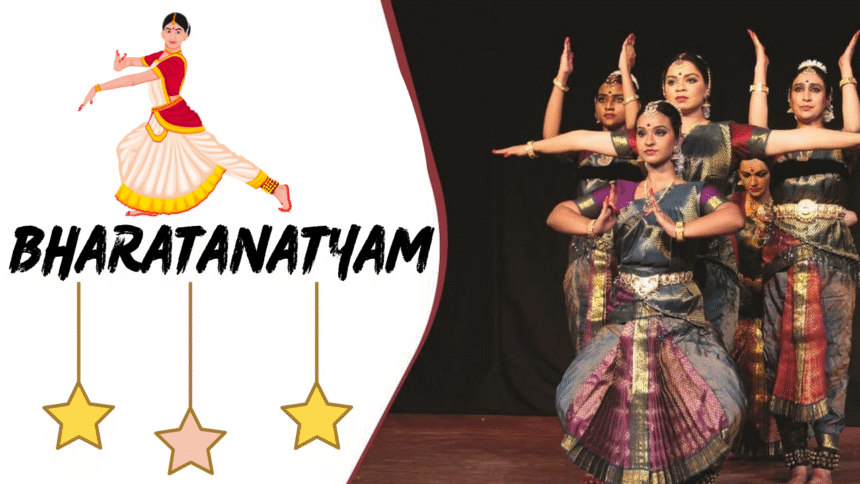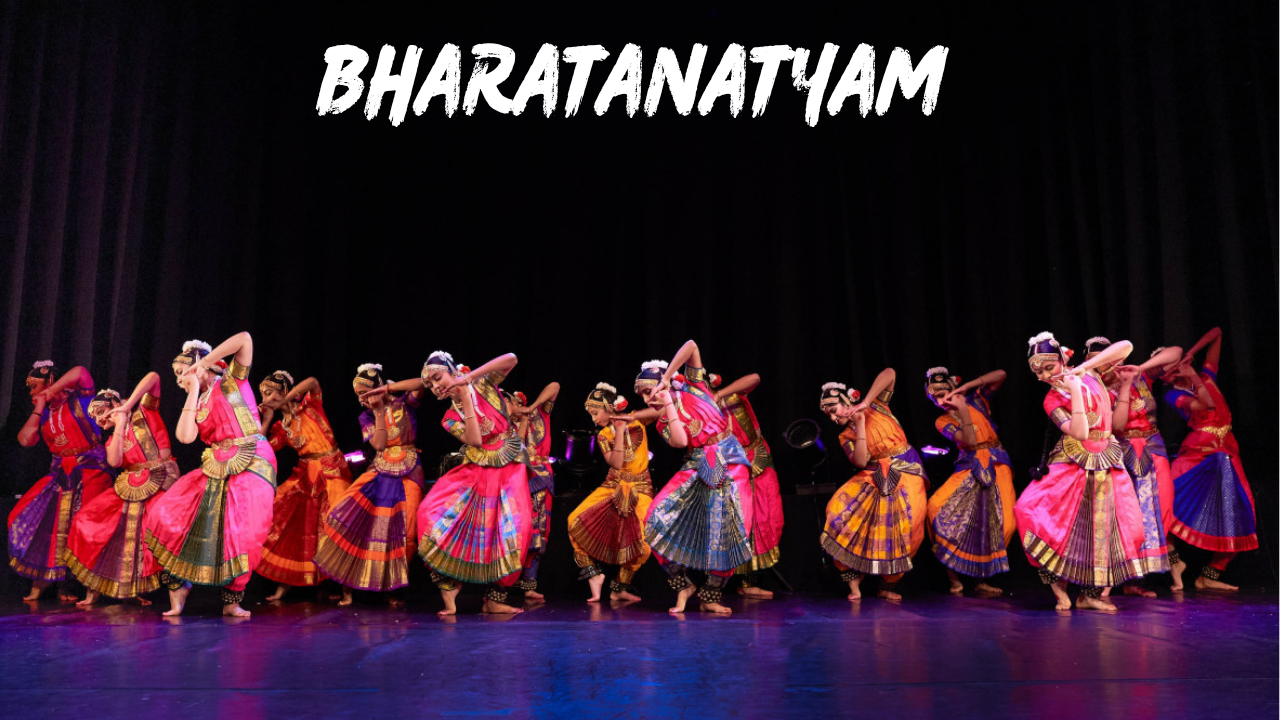If you’ve ever been mesmerized by a Language of Bharatanatyam performance—the balanced expressions, the perplexing hand motions, the musical footwork—you’re not alone. This antiquated Indian classical move isn’t fair around development. It’s a full-blown visual dialect, wealthy with stories, feelings, and divine association. But what precisely makes Bharatanatyam so expressive? Let’s break down the excellent mix of mudras, rhythms, and rasas that shape the pulse of this captivating art.
What Is Bharatanatyam, Really?
Let’s begin from the beat. Language of Bharatanatyam isn’t fair a dance—it’s a otherworldly involvement in movement. Born in Tamil Nadu, this move frame dates back over 2,000 a long time. Initially performed in sanctuaries as an advertising to the divine beings, it was a sacrosanct custom some time recently it got to be a organize craftsmanship. Nowadays, it flawlessly equalizations antiquated convention with advanced interpretation.
The Center of Bharatanatyam: A Dialect Without Words
Here’s the cool part—Language of Bharatanatyam communicates without saying a single word. The artist tells stories through a combination of motions (mudras), facial expressions, stances, and cadenced designs. It’s like verse for the eyes.
Mudras: The Hand Motions That Talk Volumes
Ever taken note those exact hand developments amid a execution? Those are called mudras, and they’re more than fair lovely shapes. They’re symbols—each with a particular meaning.
There are two primary types:
Asamyukta Hastas (single-hand gestures)
Samyukta Hastas (two-hand gestures)
For illustration, the ‘Pataka’ mudra, a level hand, can cruel the sky, a stream, or indeed denial—depending on how it’s utilized. Envision telling a entire story fair by moving your fingers!
Rhythm: The Beat That Drives the Dance
Now, let’s conversation approximately the beat. In Language of Bharatanatyam, cadence is everything. The artist takes after a tala, or musical cycle, which can be moderate and agile or quick and fiery.
Every stride lands in culminate match up with the beat. The artist wears salangai (lower leg chimes), which aren’t fair decorative—they’re melodic disobedient that emphasize the rhythm.
It’s like moving to the pulse of the universe.
Rasas: Communicating the Flavors of Emotion
Now we come to rasa—the passionate quintessence of Language of Bharatanatyam. Think of rasas as the enthusiastic “flavors” of the move. There are nine primary ones, known as the Navarasas:
Shringara (love)
Hasya (joy)
Karuna (compassion)
Raudra (anger)
Veera (heroism)
Bhayanaka (fear)
Bibhatsa (disgust)
Adbhuta (wonder)
Shanta (peace)
A gifted artist can move through these feelings in seconds—expressing awfulness, giggling, or divine bliss—just with a look or unobtrusive movement.
Abhinaya: Acting Through Dance
Want to know what truly brings the stories lively? It’s abhinaya, the craftsmanship of expression. Abhinaya combines facial expressions, eye developments, and body dialect to tell stories from Indian mythology.
A artist might depict a lovelorn Radha one minute and a furious goddess the next—all without expressing a word. It’s acting, but through each fiber of the body.
Costume and Cosmetics: More Than Fair Aesthetics
The colorful ensembles, conventional gems, and striking cosmetics you see in Bharatanatyam aren’t fair for glam. They’re a portion of the storytelling.
The ensemble design—usually made of silk with gold borders—is propelled by sanctuary figures. The cosmetics, particularly the eye-lining, makes a difference complement expressions indeed from a remove. And the bindi and headpiece? Add up to showstoppers with typical roots.
The Arrange as a Sacrosanct Space
In Bharatanatyam, the arrange isn’t fair a execution area—it’s a sacrosanct space. Each development starts and closes with a namaskaram (welcome) to honor the soil, the master, and the divine.
This formal starting sets the tone, reminding both the artist and the gathering of people that this is more than entertainment—it’s commitment in motion.
Learning Bharatanatyam: Teach Meets Devotion
If you’re considering this looks simple, think once more. Learning Bharatanatyam takes a long time of thorough practice—and not fair the specialized bits. Artists moreover ponder mythology, Sanskrit verses, and music theory.
The handle molds not fair the body, but the soul. Numerous artists depict it as a transformative journey—a way to interface with something much greater than themselves.
Modern Adjustments: Convention Meets Innovation
While established in convention, Bharatanatyam is distant from stuck in the past. Nowadays, artists are mixing it with modern music, cutting edge subjects, and indeed mixed media elements.
From narrating almost climate alter to reinterpreting Shakespeare through mudras, Bharatanatyam proceeds to evolve—without losing its soul.
Why Bharatanatyam Still Things Today
In a world that moves at lightning speed, Language of Bharatanatyam is a delicate update to delay, feel, and interface. It educates us to grasp feeling, honor convention, and express ourselves with grace.
Whether you’re an craftsmanship partner, a inquisitive traveler, or somebody fair looking for more profound meaning, watching—or learning Bharatanatyam can be an eye-opening experience.
Read More: Honey, Yogurt & Herbs: Natural Hair Masks You Can Make Today
Conclusion
Language of Bharatanatyam isn’t fair almost dance—it’s almost narrating, feeling, commitment, and social profundity. Through its mudras, rhythms, and rasas, it paints whole universes without requiring exchange. Each step is a story. Each motion, a silent poem.


